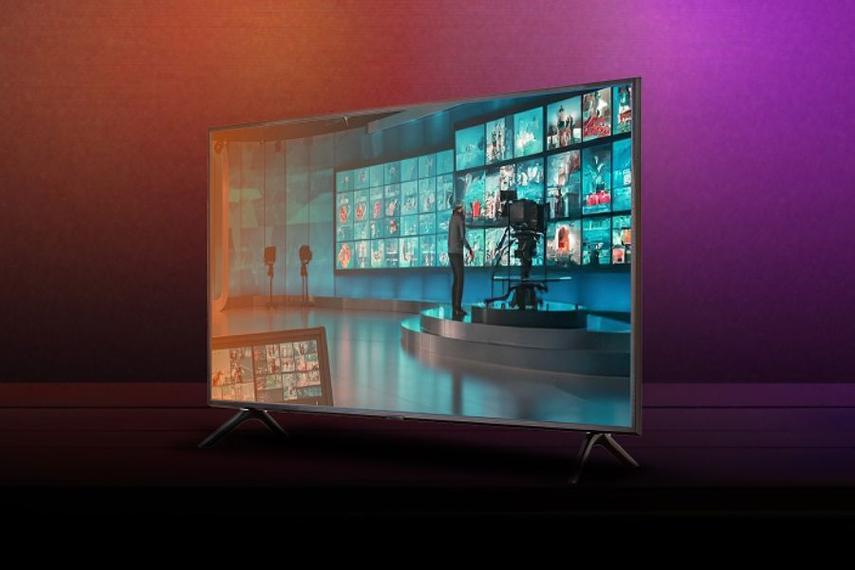
Please sign in or register
Existing users sign in here
Having trouble signing in?
Contact Customer Support at
[email protected]
or call+91 22 69489600
The cloud SaaS for media streaming heads for the public markets, marking a shift from backend tech to front-row relevance for ad agencies.

Contact Customer Support at
[email protected]
or call+91 22 69489600
Top news, insights and analysis every weekday
Sign up for Campaign Bulletins
Selling the international arm won’t be simple, opines Humphrey Ho. The buyer can’t look like the ad holding groups of old, because that model is exactly what Dentsu is trying to leave behind.
The rise of digital technology has splintered media consumption across multiple platforms and devices. The problem is no longer a lack of data, but a lack of interoperable data.
Leo Burnett’s new campaign for real estate platform turns life’s financial ups and downs into a witty reminder that every twist deserves a new home.
SOUNDING BOARD: Will the government’s proposed hike to print ad rates drastically change media mixes for marketers? The industry is divided.